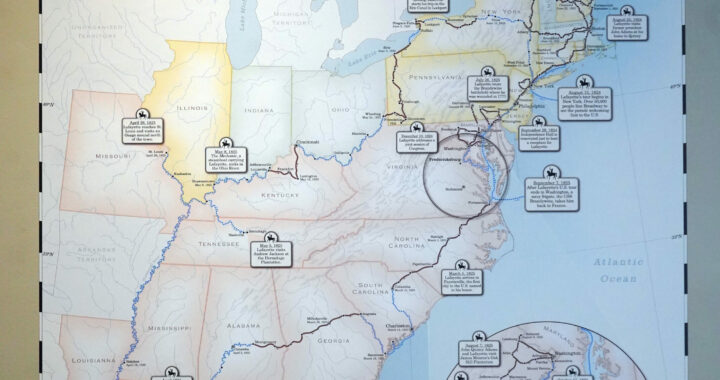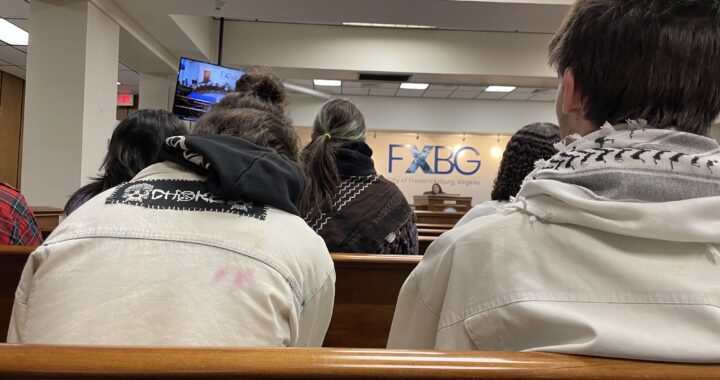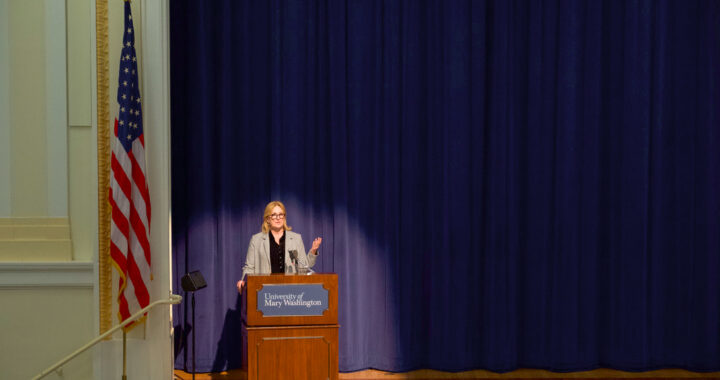Students Follow the Beat of Native Drum
2 min readSADIE HAGBERG

Last Saturday, Nov. 3, the Red Storm Drum and Dance Troupe entertained more than 30 UMW students and community members in Woodard Campus Center as part of National American Indian Heritage Month.
“We are here to honor our tribe’s memory,” said Jerry Greyhawk, co-founder of the troupe. “We are an intertribal group; each member of the group is of different Native descent.”
Focusing on education through performance of drum, dance and storytelling, the group celebrates diversity. Greyhawk and his brother, Robert Boldeagle, started the group six years ago.
“We put on the shows to educate people about what’s really going on,” Boldeagle said.
Sophomore Emily Azzara appreciates such diverse groups being welcomed onto campus.
“I think it’s very important for something like this to come to Mary Washington, especially since we are such a non-diverse school,” Azzara said.
Greyhawk says the group exposes the audience to their sacred culture through storytelling and dancing. Storytelling is considered a large part of the Native American culture.
“It certainly amuses and entertains,” said Greyhawk. “But it is our primary way of passing along teachings.”
The group first told a coming of age story about a young boy growing into a young man. They then told the creation story of the Native American’s “talking stick,” or the flute.
The group also told a story of how the drum came to be.
“The drum is our sacred instrument,” said Greyhawk. “It is the heartbeat of our mother earth.”
Many Native American ceremonies and celebrations center around the drum. During tribal dances, men and women gather around the drum to provide the beat for the sacred performance. Each dance has a significant meaning to the Native American community.
One of the more traditional dances performed was called the grass dance. The movements of the dance mimic traditional native activities of stomping in tall, grassy areas before celebrations as well as stomping summer fires in the fields. The movements also demonstrate their thankfulness to the creator for the grass.
Another common dance is the victory dance, or “Men’s War Dance.” This dance was performed by Boldeagle and his son, Katori Running Horse Boldeagle. The traditional dance of healing, or the “Jingle Dance,” was later performed by one of the women of the group, dressed in a colorful dress with 365 jingles on it representing each day of the year.











